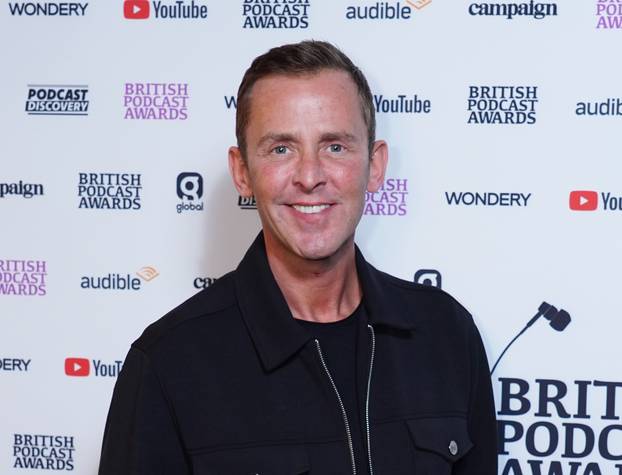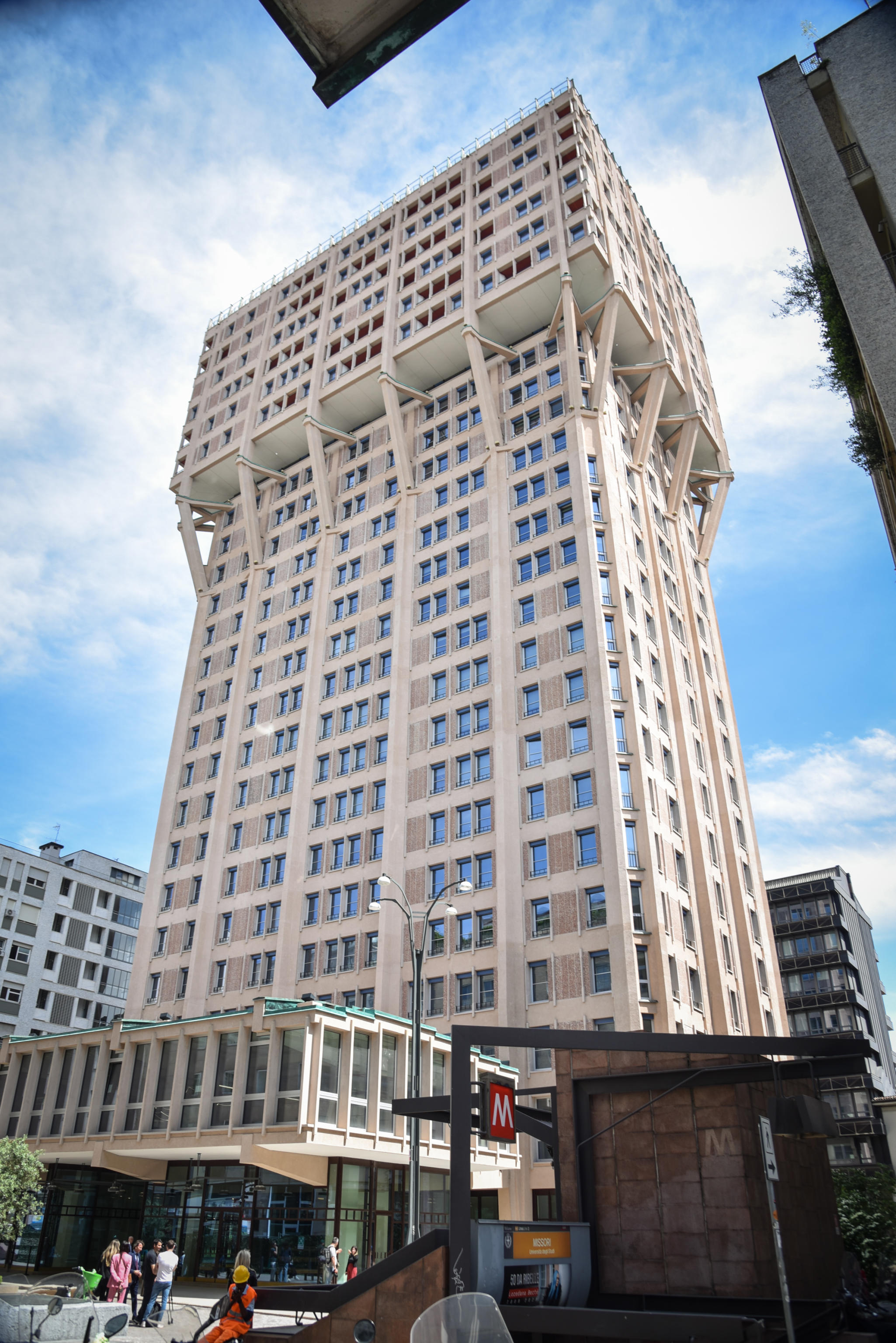What drives a society to women’s hatred? In ‘The Brotherhood’ that is a specific pain that men share with each other
/s3/static.nrc.nl/images/gn4/stripped/data132130047-fe30e0.jpg|https://images.nrc.nl/W2hWMrilgePskd_q_jCmkruDQCM=/1920x/filters:no_upscale()/s3/static.nrc.nl/images/gn4/stripped/data132130047-fe30e0.jpg|https://images.nrc.nl/SSHJlO6HdeyOQSc8CGuQLapz-rM=/5760x/filters:no_upscale()/s3/static.nrc.nl/images/gn4/stripped/data132130047-fe30e0.jpg)
In her trilogy Cadela Forca (‘Bitch Force’) Investments the Brazilian writer and theater maker Carolina Bianchi with her company Cara de Cavalo how physical, sexual and psychological violence against women are embedded in our culture. She shows how this violence, by the way we tell about it – in the media, but also in art – is repeated again, chattered, triggered, even encouraged. In addition, she focuses on the question of how you can shape the ‘hole’ theatrical, the indescribable, the trauma that a woman who has undergone such violence carries with herself.
Bianchi talks about Persephone, the goddess who lives in the underworld for half of the year – together with Hades, who kidnapped and raped her – and the other half of the year above ground. After a rape, according to Bianchi, it is as if you, as a Persephone, come back to life after being dead. As if you were dead in a sense. As if you are breathing and walking around, and doing things and experiencing, but have left something fundamental in that hellish place where your body stopped being yours. « What to do with this body, » Bianchi asks. « What to do with the wandering Persephones? »
Photo Mayra Azzi
A strong shape to talk about this ‘non-being’, Bianchi thought in the first part of the triptych, it admired as controversial The Bride And The Good Night, Cinderella. Bianchi administered himself live a so -called ‘date rape drug’. Halfway through she lost consciousness and her fellow players took over the performance, in which she appropriated her body.
In the second part, The Brotherhoodwhich premiered at arts festival doctor in Brussels last weekend, Bianchi investigates its origin: what drives a society for misogynia?
Pain
According to Bianchi, it is partly rooted in a specific pain that men share with each other. As a small child, boys are encouraged to bury their connection with pleasure, with game and tenderness – say with femininity. It leads to an aversion to one’s own emotional needs, and to loneliness. In exchange, those of emotion are robbed of emotion – especially when they are white, and straight, and cisgender – in a cohabitation -wide community of men who invariably keep each other their hand above, help and support each other, throughout life. The sides of themselves that they have had to deny as a prize for this fraternal solidarity, can present themselves in the form of women’s hatred.
/s3/static.nrc.nl/images/gn4/stripped/data132130065-84bad2.jpg|https://images.nrc.nl/RBNs8ypZmm36A9E4JfhUeUQWV_4=/1920x/filters:no_upscale()/s3/static.nrc.nl/images/gn4/stripped/data132130065-84bad2.jpg|https://images.nrc.nl/AMNWdLc2vgcHM5-BOAvLXWiiTfU=/5760x/filters:no_upscale()/s3/static.nrc.nl/images/gn4/stripped/data132130065-84bad2.jpg)
Photo Mayra Azzi
The Brotherhood Is pleasantly erratic and elusive, and also regularly surprisingly funny. What comes by: Bianchi satisfies himself with a vibrator, listening to Tadeusz Kantor who is Originations on a sound band over Theater. She lets a group of eight men share from her five hundred -page research into rape, shocking in his factuality. (One of the men: « We have taken the freedom to improve something here and there. ») Bianchi presents a refreshing analysis of the characters Trepljov and Nina from Chekhovs The seagull. (Nina’s monologue is thereby moving and crystal clear, by Bianchi itself.) Bianchi is carried around by a group of naked, masked men, while a potpourri sounds of danceable pop songs full of references to rape and male anger. There is a homage to playwright Sarah Kane, who looks straight into our eyes from an awesome portrait on stage.
Of The Brotherhood Bianchi reveals power structures that determine the course everywhere, also in the theater world in which she moves herself. The performance always circles along the edge of the hole that hits rape in a human life, thus touching to its contours, the shape it has. It happens cool, almost businesslike, without pathos, and without the ambition that it could lead to a solution or a catharsis. But with the emphatic message: look at this. They acknowledge, these bodies. It’s time for new myths.

:format(webp)/s3/static.nrc.nl/images/gn4/stripped/data109960600-0f04b5.jpg)
:format(webp)/s3/static.nrc.nl/wp-content/uploads/2025/05/11122755/web-1205CUL_eurovisie-zaal.jpg)
/s3/static.nrc.nl/images/gn4/data132194232-552757.jpg)




